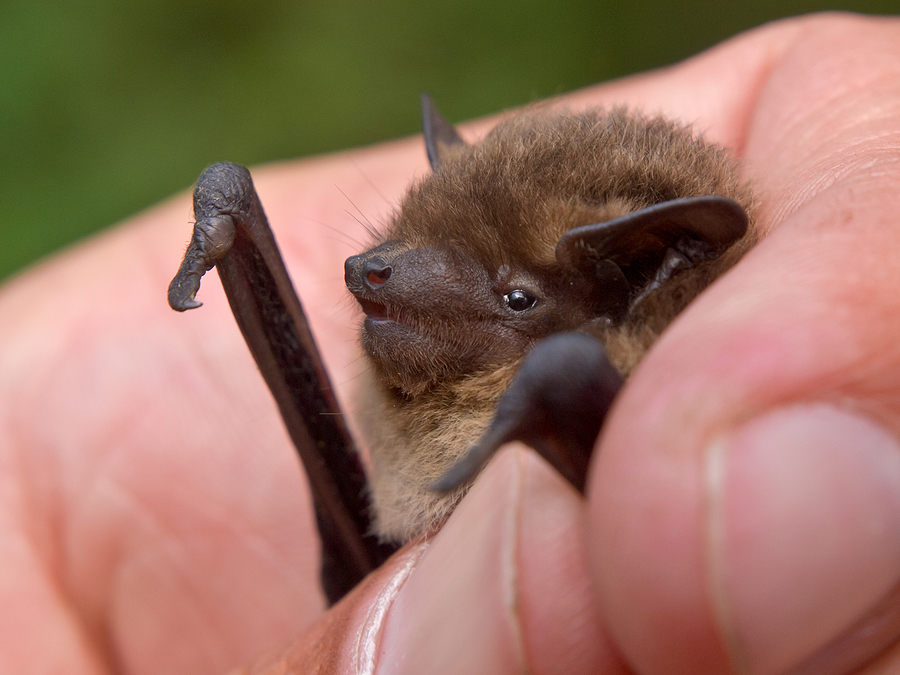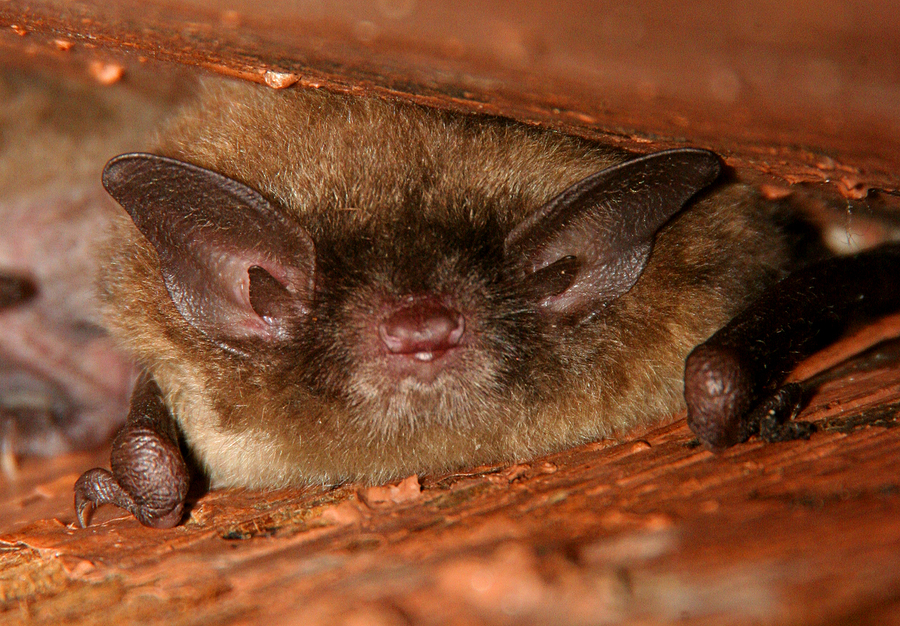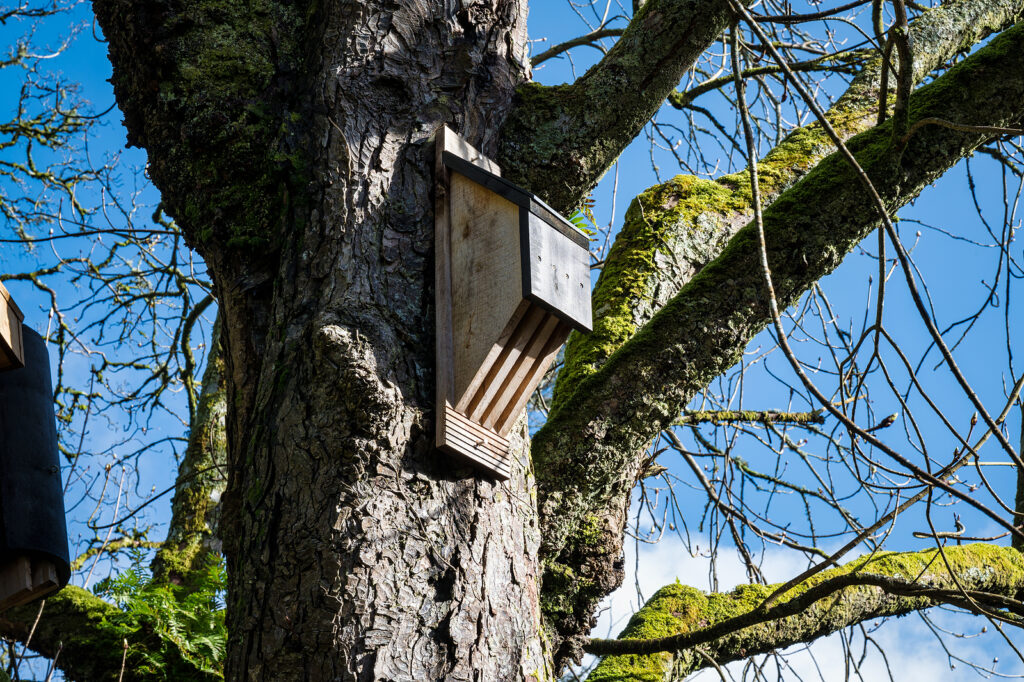Indiana bats are a vital part of our ecosystem, yet they are one of the most endangered species in the United States. These nocturnal creatures play a critical role in maintaining a balance in our environment, notably through insect control. However, their population in Indiana and across the nation has seen a drastic decline, primarily due to habitat loss, white-nose syndrome, and human disturbance.
This blog post aims to shed light on the importance of Indiana bat conservation and the different protection strategies currently in place. We’ll delve into the challenges faced by these bats, the efforts to secure their habitats, and how you can contribute to their conservation. This is a call to action for all of us to protect these fascinating creatures before it’s too late.

Endangered Bats of Indiana
Indiana bats are the only native bat species in Indiana. They were first listed as an endangered species in 1967 due to their rapid decline in population. The main factor behind this crisis is habitat loss, which is caused by land development and deforestation. This has drastically impacted their foraging and roosting sites, resulting in a decrease in food sources and overall safety. White-nose syndrome is another major concern. This fungal disease has been affecting bats in the US for more than a decade, decimating their numbers and resulting in mortality rates of up to 90%.
Current Bat Conservation Efforts
Fortunately, there are several conservation efforts underway to protect these endangered Indiana bats. The first step has been creating secure bat habitats that are free from human disturbance and safe from white-nose syndrome. For instance, the Indiana Department of Natural Resources (IDNR) has been working with local landowners to create large bat sanctuaries and preserve their existing roost sites. Additionally, state authorities are studying the impact of wind turbines on these bats to ensure their safety when they migrate in search of food sources.
In addition, public awareness initiatives are being carried out to educate people about the importance of protecting these endangered bats. By raising awareness, we can all help reduce the threats they face and protect their habitats. One such campaign is the Indiana Bat Education Program, which was launched in 2019 by IDNR to spread knowledge about bat conservation and create a better understanding of their plight.
How to Do Your Part to Protect Bats in Indiana
There are many ways for you to contribute to Indiana bat conservation. You can join volunteer programs or donate to organizations that are dedicated to preserving their habitats and securing their future. Another way is to become an advocate for bats and spread the word about the importance of protecting them. Finally, make sure your home is “bat-friendly” by avoiding pesticides, providing nesting boxes, and minimizing outdoor lighting.
How to Safely Manage Nuisance Bats Around Your Home or Business
While bats play an essential role in our ecosystem, sometimes they can become a nuisance around homes and businesses. If you spot bats near your property or inside your home, it’s important to remember that any wildlife species is protected by law and must be handled with caution. Here are some tips for managing nuisance bats:
The first step is to identify the bat species. Some bats are protected and must not be disturbed or harmed in any way. Make sure to identify the species before taking any action.
If you see a single bat inside your home, open all windows and doors to allow it to escape. Never try to catch it yourself as this can cause injury.
If there is an infestation of bats near your property, contact a wildlife professional to assess the situation and provide advice on how to safely remove them.
Make sure to check for any regulations or restrictions in place when it comes to dealing with bats in your area. You likely need a licensed professional to assist you with bat removal.
Once the bats have been safely removed, look for ways to prevent future infestations by sealing any entry points and removing food sources such as pest insects.
In Summary
Indiana bats are a valuable part of our environment, and we must act now to ensure their future survival. By working together, we can make sure Indiana’s bat population is safe from harm and that their habitats remain intact for generations to come. So, join us in the fight and be part of the solution!
If you have a bat problem, only trust a licensed and insured bat pest control professional for help extracting and managing them. Contact us at 317-257-2290 for professional and prompt Indianapolis IN bat removal services you can trust. We serve residential and commercial clients.
Related Posts:
Federally Endangered Bat Species in This Region
Why Bat Removal Services are So Important
Common Uses for Bat Guano


